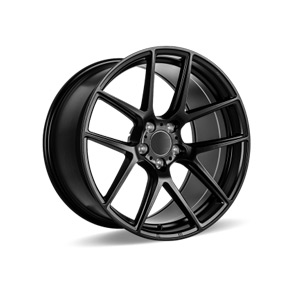kart throttle linkage
Understanding Kart Throttle Linkage A Critical Component for Performance
When it comes to go-kart racing, every component plays a crucial role in ensuring optimal performance. One vital part that often goes overlooked is the throttle linkage. The throttle linkage is the mechanism that connects the throttle pedal to the engine's carburetor or fuel injection system. Understanding its function, types, and maintenance can significantly enhance a kart's performance and responsiveness on the track.
The Function of Throttle Linkage
The primary role of the throttle linkage is to control the power output of the engine by regulating the amount of air and fuel mixture entering the combustion chamber. When a driver presses the throttle pedal, the linkage translates this action into a corresponding movement in the carburetor or fuel injector. This precise control is essential for ensuring that the engine responds quickly to driver inputs, allowing for smoother acceleration and improved lap times.
A well-designed throttle linkage system can provide a direct and linear connection between the pedal and the engine. This means that the driver can feel more in control of the kart, making it easier to navigate through corners and respond to varying track conditions.
Types of Throttle Linkage
There are primarily two types of throttle linkage systems used in karts mechanical and electronic.
1. Mechanical Linkage Mechanical throttle linkages consist of cables, levers, and rods that connect the throttle pedal to the carburetor. This traditional system is favored in many racing applications for its simplicity and reliability. Mechanical linkages provide direct feedback to the driver, making it easier to gauge throttle response. However, they can be affected by wear and tear over time, leading to potential issues such as slack in the cable, which can result in delayed throttle response.
2. Electronic Linkage In recent years, some higher-end karts have adopted electronic throttle control systems. These systems use sensors to detect the position of the throttle pedal and send signals to the engine management system, adjusting the throttle opening accordingly. Electronic linkages can offer refined control and adaptability to different racing conditions. However, they may complicate maintenance and are possibly more vulnerable to electronic failures compared to mechanical systems.
kart throttle linkage

Maintenance of Throttle Linkage
Regardless of the type, regular maintenance of the throttle linkage is essential for optimal performance. Here are some tips for maintaining your kart's throttle linkage
- Inspection Regularly inspect the throttle cable or electronic connections for signs of wear or damage. Look for fraying, kinks, or corrosion that could hinder performance.
- Lubrication For mechanical linkages, use a suitable lubricant on the cable and pivot points to ensure smooth movement. This reduces friction and wear, enhancing responsiveness.
- Adjustment Properly adjust the throttle linkage to ensure there’s no excess slack. This is crucial for achieving immediate throttle response, especially in competitive racing scenarios.
- Cleaning Keep the throttle assembly clean. Dirt and grime can accumulate over time, affecting the performance of the linkage and the throttle response.
Conclusion
In conclusion, the throttle linkage may be a small component in the overall karting system, but its impact on performance is significant. Whether you choose a mechanical or electronic system, understanding how throttle linkage works and ensuring it is adequately maintained can lead to better handling, quicker acceleration, and ultimately, improved race results. As with all aspects of kart racing, attention to detail is key, and the throttle linkage is no exception. If you want to maximize your kart's potential, don’t overlook this critical component.
-
Workings of Clutch Pipe and Hose SystemsNewsJun.04,2025
-
The Inner Workings of Hand Brake Cable SystemsNewsJun.04,2025
-
The Secrets of Throttle and Accelerator CablesNewsJun.04,2025
-
The Hidden Lifeline of Your Transmission Gear Shift CablesNewsJun.04,2025
-
Demystifying Gear Cables and Shift LinkagesNewsJun.04,2025
-
Decoding Clutch Line Systems A Comprehensive GuideNewsJun.04,2025
